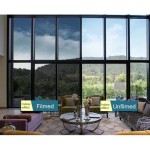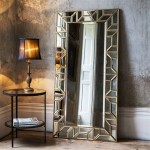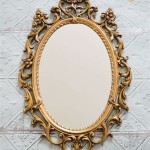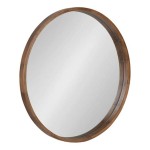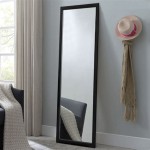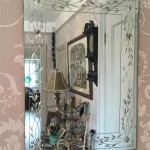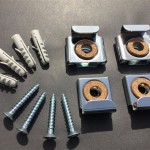Are Concave Mirrors Used In Headlights Of Cars?
The design of car headlights aims to project a strong, focused beam of light forward to illuminate the road ahead. This involves manipulating light sources with reflective and refractive elements. While the term "concave mirror" might evoke the image of a traditional curved mirror, understanding modern headlight construction requires a closer look at the specific optical components employed.
Historically, some early car headlight designs did utilize parabolic reflectors, which are a type of concave mirror. A parabolic reflector possesses the property of focusing parallel rays of light to a single point, its focal point. Conversely, if a light source is placed at the focal point of a parabola, the reflected rays will be projected outward in parallel lines, creating a concentrated beam. This principle was employed in some older sealed-beam headlights. These contained a filament at the focal point of a parabolic reflector, enclosed within a single glass unit.
However, modern car headlight technology has largely moved beyond the simple parabolic reflector design. While the principle of focusing light remains central, the methods employed have become more sophisticated and complex. This shift is driven by the need for greater control over the light beam's shape, intensity, and direction, along with advancements in materials and manufacturing techniques.
One key development is the use of complex reflector designs. These reflectors are not simple parabolas, but rather multifaceted reflectors with intricate shapes. Each facet of the reflector is precisely angled to direct light in a specific direction, allowing for a more controlled and tailored beam pattern. This design offers greater precision in shaping the beam, minimizing glare for oncoming drivers while maximizing visibility for the driver.
Another common approach is the use of projector-style headlights. These headlights employ a converging lens in conjunction with a reflector. The reflector focuses the light from the bulb onto a shield or cutoff, which shapes the beam pattern. The light then passes through the lens, which projects the shaped beam onto the road. This system allows for a very sharp and precisely controlled beam with improved light distribution.
Furthermore, the light source itself has evolved significantly. Halogen bulbs, while still commonly used, are increasingly being replaced by more efficient and brighter alternatives. Xenon (HID) and LED headlights are becoming increasingly prevalent. These light sources offer higher luminous efficacy, meaning they produce more light for a given amount of power. They also tend to have longer lifespans and offer different color temperature options.
The integration of these advanced light sources with complex reflectors and projector lenses requires specialized optical engineering. The shape and position of the light source, the contours of the reflector, and the design of the lens all play critical roles in determining the final beam pattern. Computer-aided design (CAD) and simulation tools are essential in optimizing these complex systems for optimal performance.
Adaptive front lighting systems (AFS) represent another significant advancement in headlight technology. These systems use sensors and actuators to dynamically adjust the headlight beam pattern based on driving conditions. AFS can swivel the headlights to follow the curve of the road, adjust the beam height based on speed and load, and even dim specific portions of the beam to avoid dazzling other drivers.
The materials used in headlight construction have also evolved. High-quality plastics are now frequently used for lenses and reflector housings due to their durability, light weight, and design flexibility. These materials allow for more complex shapes and intricate designs, further enhancing the control and precision of the headlight beam.
In summary, while simple concave parabolic reflectors were once common in car headlights, they have been largely superseded by more sophisticated optical systems. Modern headlights incorporate complex reflectors, projector lenses, advanced light sources, and electronic control systems to optimize light distribution, improve visibility, and enhance safety. The continuous evolution of headlight technology reflects the ongoing pursuit of improved illumination performance and driving safety.
Understanding the complexity of modern headlight systems requires moving beyond the simplified idea of a concave mirror. The intricate interplay of reflectors, lenses, light sources, and electronic controls demonstrates significant advancements in automotive lighting technology.

Car Headlights
Flashlights And Car Headlights All Have Concave Mirrors Why Would It Not Be A Good Idea To Use Convex Mirror Instead Quora

How A Concave Mirror Is Used In Headlights And Searchlights To Throw Light At Long Distance Homework Study Com

Which Mirror Is Used In The Headlights Of A Car

Which Type Of Mirror Is Used In Headlights Vehicles

Why Headlights Used Concave Mirror

Concave Vs Convex Mirrors In Cars
Which Mirror Is Used In The Headlight Of A Car Quora

State The Type Of Mirrors Used For I Headlights And Ii Rearview In Cars Motorcycles Give Reason To Justify Your Answer Each Case

Why Are Concave Mirrors Used In Headlights Socratic

